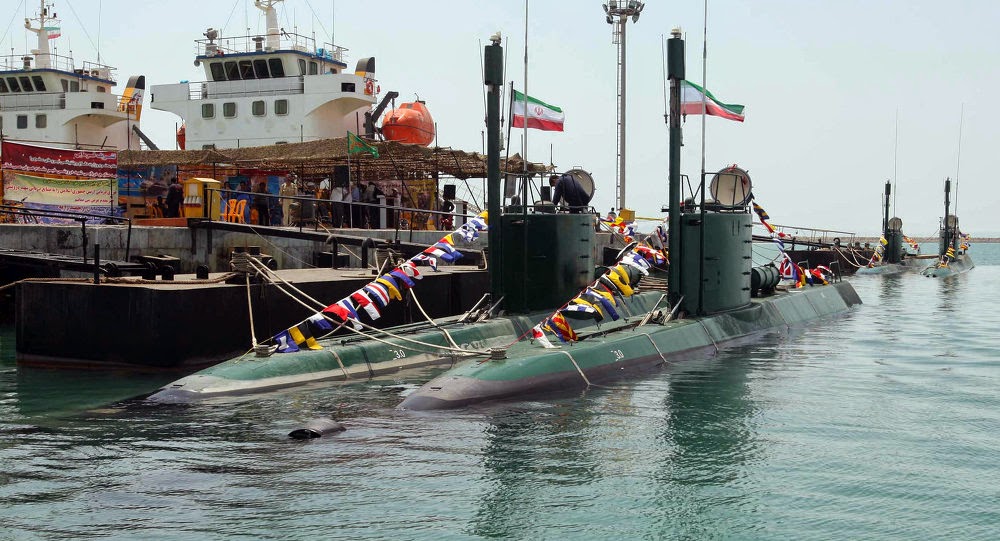Russia may be leveraging India's anger at French aerospace
firm Dassault to kill a $20 billion aircraft deal, after allegations
that the company seriously misled New Delhi on pricing its Rafale
fighter jets.
After three years in limbo, Indian newspaper Business
Standard reported on Monday that India's defense ministry now considers
the contract "essentially dead."
Moscow lost out on the contract in 2012, when India chose
Dassault's Rafale fighters over Russia's MiG-35 multi-role aircraft.
With tensions between Russia and France high following Paris' decision
last year to delay the delivery of two Mistral-class warships over
conflict in Ukraine, analysts said that politics may have played a role
in the demise of the French aerospace deal.
"Obviously, Russia is working to kill the French contract
and they are [attacking] from all directions," Ruslan Pukhov, director
of the Moscow-based Center for the Analysis of Strategy and Technology,
a defense industry think tank, told The Moscow Times by phone on Monday.
But Petr Topychkanov, a military expert at the Carnegie
Moscow Center, said that although Russia may be influencing India's
position, "it does not mean that Russia will automatically get
the deal," as the U.S. aerospace industry is also aggressively targeting
the Indian market.
A Massive Tender
India's air force is aging, but New Delhi's strategic
ambitions in Southeast Asia are rising. With its aging fleet
of Soviet-era MiG-21 fighter jets fast approaching retirement, India's
defense ministry announced a $10 billion tender for 126 foreign fighter
jets in 2007.
One of the largest fighter jet tenders in history, India's
call drew the attention of some of the world's largest aircraft
manufacturers — such as France's Dassault, the U.S. behemoths Boeing
and Lockheed Martin, and Russia's RSK MiG.
In 2012, India named Dassault the winner of the tender,
which called for the localized production of all but 18 of the 126
aircraft under the arm of India's largest aerospace firm, Hindustan
Aeronautics Limited (HAL). Rafales were chosen in part because they were
thought to be cheaper to produce and operate than other options.
But Dassault based its bid on incomplete pricing information
that did not take into account the cost of outfitting and operating
the fighters over their entire operational lifetime.
Over the course of three years of negotiations, the value
of the contract has since swollen to $20 billion, and is now threatened
by allegations surfacing in the Indian press that Dassault intentionally
misled the defense ministry over the price.
Canceling the deal with France would be a reasonable next step, said Topychkanov,
"[Dassault] has not demonstrated any progress, and for India
this deal was extremely important for the innovation of their aerospace
industry — they cannot wait for years to get new warplanes."
Neither Dassault nor the Indian defense ministry could be reached for contact by The Moscow Times.
















